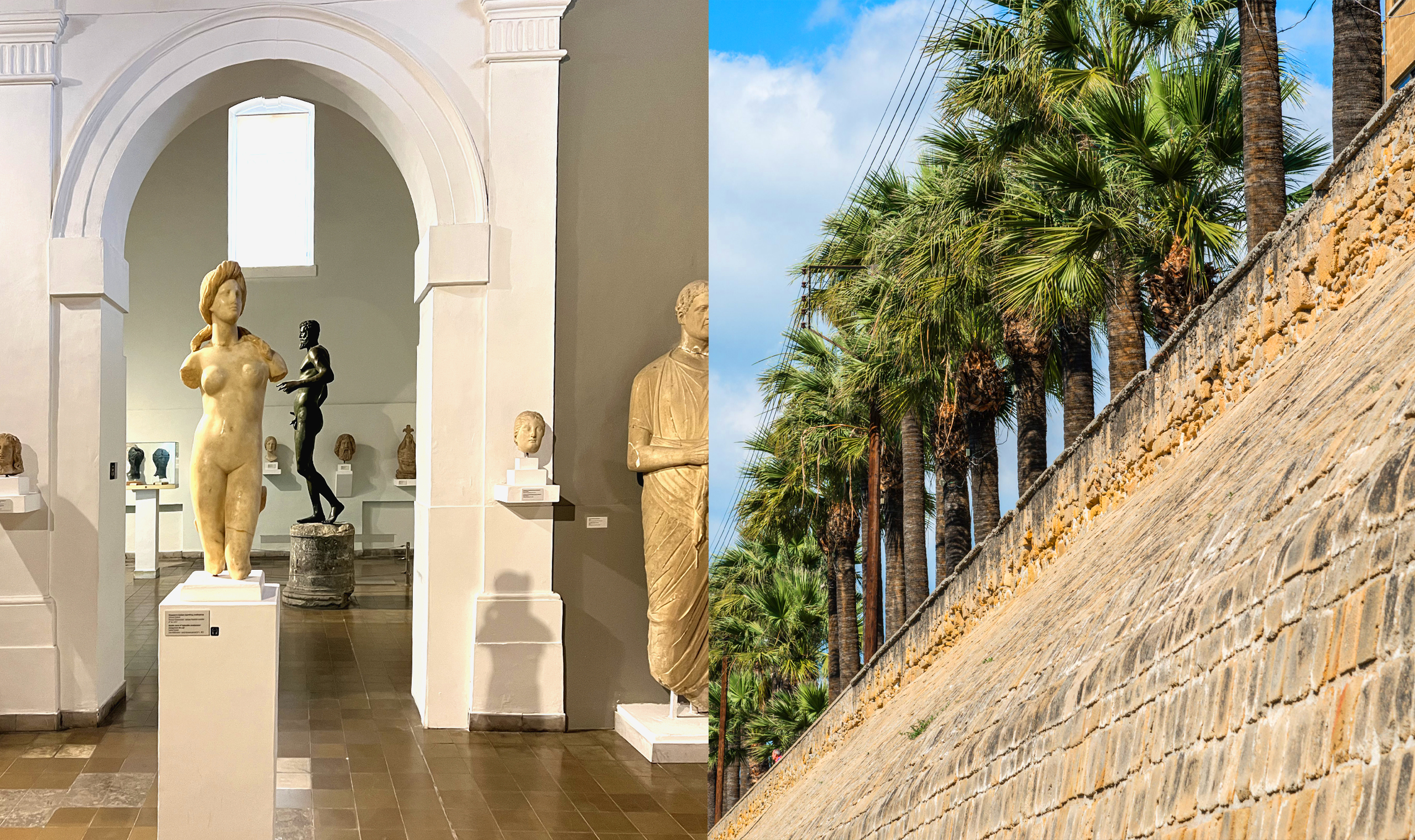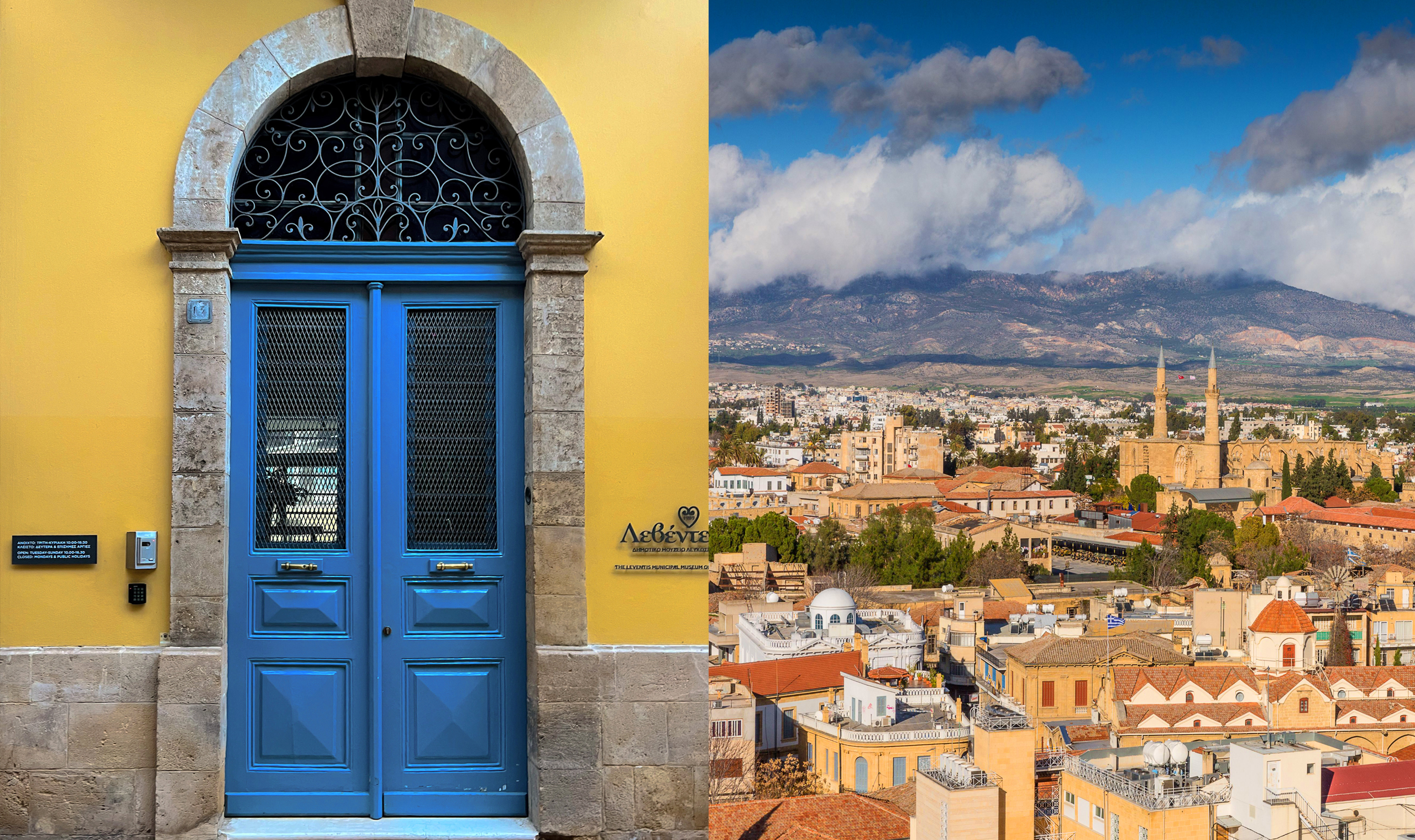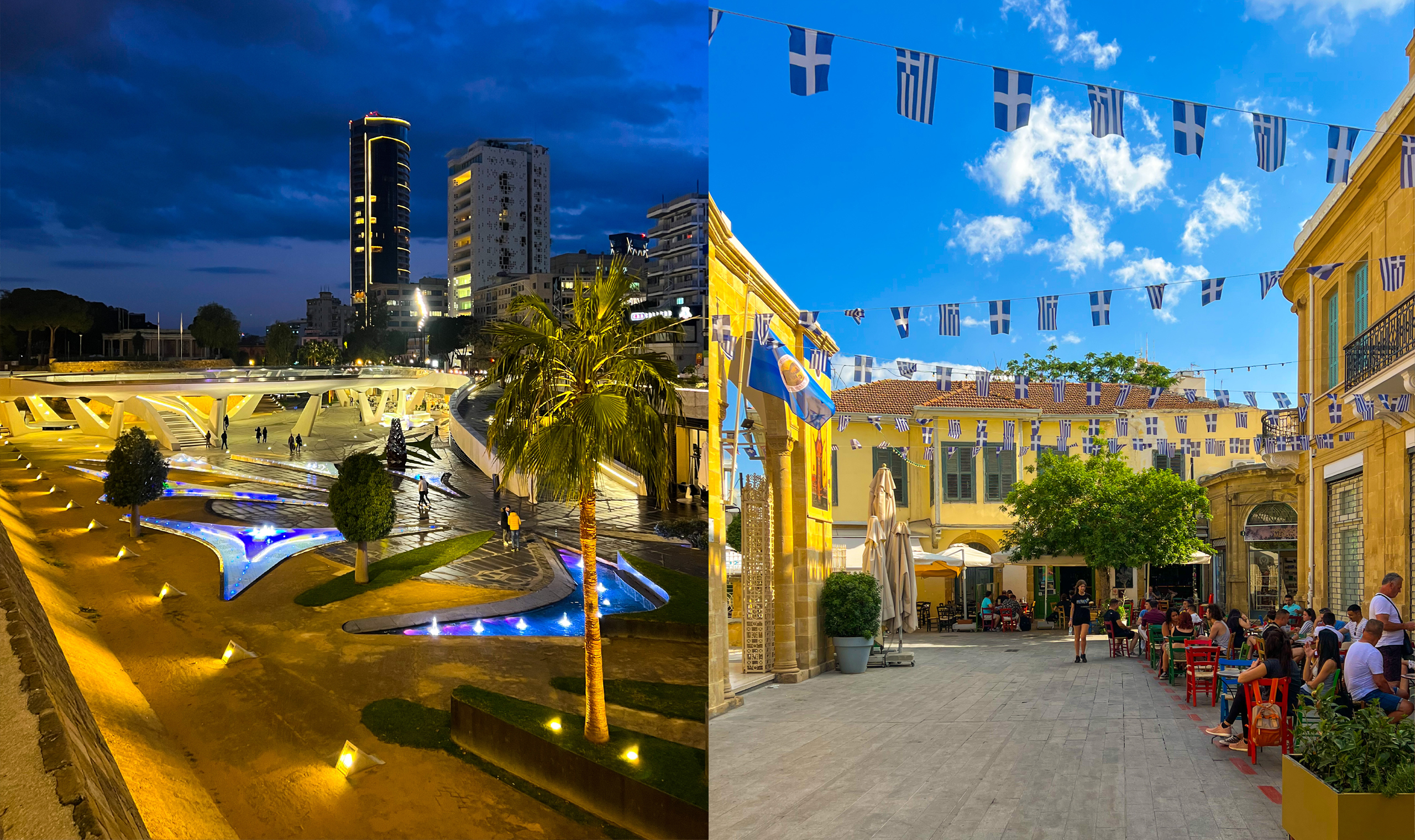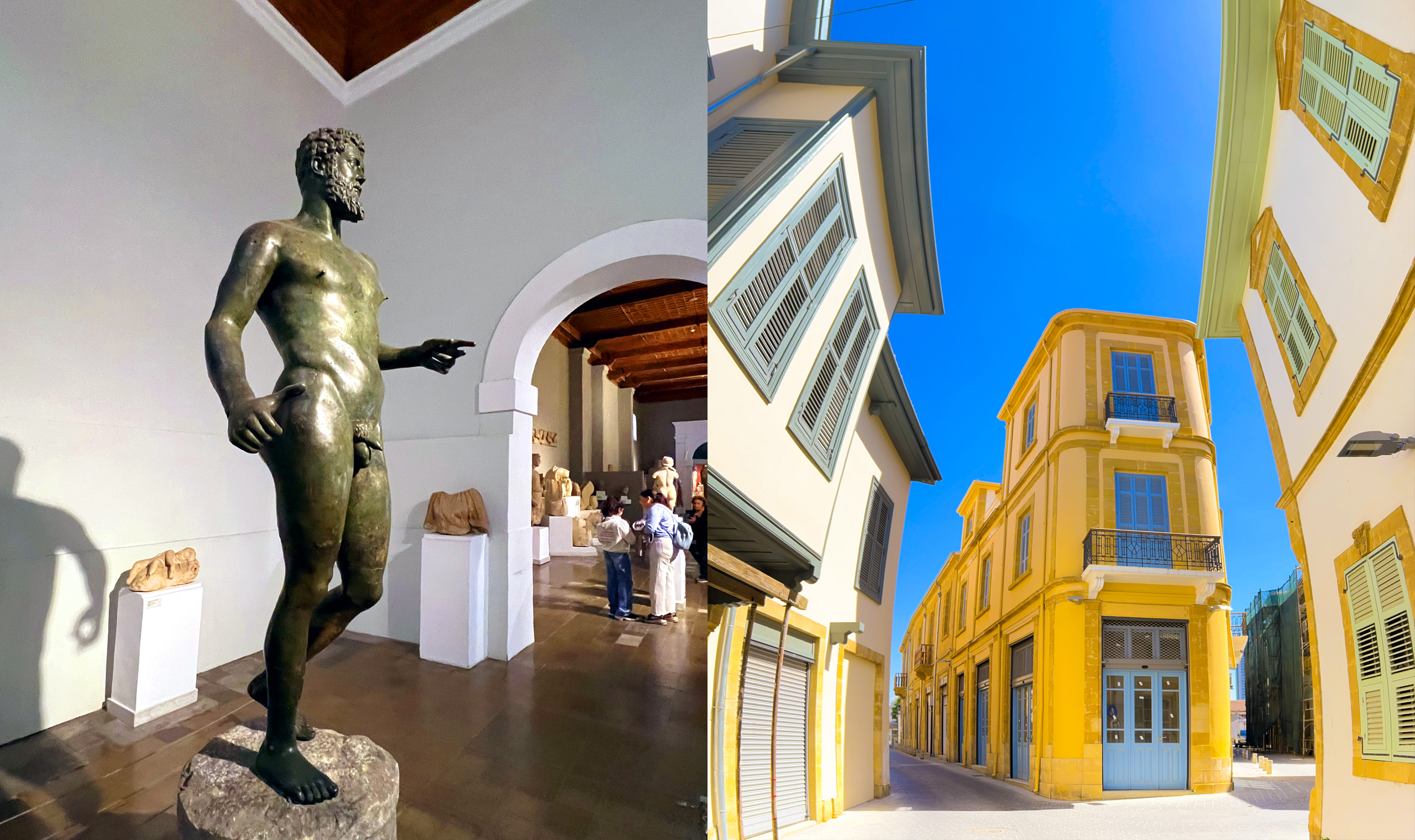Discovering the Heart of Cyprus: The 12 Most Popular Attractions in Nicosia

In observance, we are conducting a virtual excursion to Nicosia, one of the most mesmerising urban centres in Cyprus. This vibrant and historical locale is overflowing with culture, history, and a distinctive fusion of the old and the new. Come along with us as we reveal the fifteen most important points of interest in Nicosia that are essential for any traveller.
1. The Venetian Walls of Nicosia
Commence your expedition by strolling along the remarkably intact Venetian Walls, which originally served to fortify the city. An awe-inspiring introduction to the centuries-old fortifications of Nicosia is provided by the expansive panoramas they offer.
2. Cypriot Museum
Explore the history of the island at the Cyprus Museum, which houses a remarkable assortment of archaeological artefacts. By means of intricate mosaics and ancient artefacts, this museum offers an enthralling tour of the extensive history of Cyprus.

3. Ledra Street
To experience contemporary Nicosia, visit Ledra Street, a vibrant commercial and culinary district. Explore this vibrant thoroughfare, embellished with cafés, boutiques, and eye-catching street art that embodies the modern ethos of the city.

4. Cyprus Classic Motorcycle Museum
Motorcycle enthusiasts, unite! The Cyprus Classic Motorcycle Museum presents an extraordinary assemblage of classic motorcycles, which offer a singular vantage point on the annals of transportation.
5. Famagusta Gate
Investigate Famagusta Gate, one of the city’s original entrances. An excellent photo opportunity, this well-preserved gate serves as a reminder of Nicosia’s mediaeval past.

6. Archbishop’s Palace
Explore the magnificent Archbishop’s Palace, an emblematic representation of the ecclesiastical significance of the city. Frequently accessible to the public, the palace grounds afford visitors the opportunity to behold its magnificent edifices and verdant gardens.
7. Municipal Museum of Leventis, Nicosia
Explore the Leventis Municipal Museum for a more comprehensive understanding of Nicosia’s history, as exhibits document the city’s development from antiquity to the present.

8. Faneromeni Square
The Church of Faneromeni, located at one extremity of Faneromeni Square, is the source of the square’s appellation. “Faneromeni,” which translates to “the Visible” or “the Revealed,” is associated with the church’s patron saint, the Blessed Virgin Mary. A conspicuous feature of the square is the Church of Faneromeni, which is alternatively referred to as the Church of Panagia Faneromeni. It has a significant religious heritage that dates back to the nineteenth century. The church garners the attention of both residents and tourists due to its architectural grandeur and religious import. The square is surrounded by other significant institutions and monuments, in addition to the Church of Faneromeni, which contributes to its historical and cultural significance. A distinctive ambiance may be generated by the presence of museums, government buildings, and traditional cafés, among others.
9. Shacolas Tower Observatory
Circulate above Nicosia in the company of the Shacolas Tower Observatory. Embedded with awe-inspiring panoramas, this renowned structure offers an unparalleled vantage point over the city and its environs.

10. Folk Art Museum of Cyprus
Explore the cultural heritage of the island by visiting the Cyprus Folk Art Museum. Artisans, handicrafts, and exhibits that adhere to Cypriot customs and tradition serve as examples of this.
11. Municipal Gardens
Embark on a serene meander through the Municipal Gardens, an oasis situated in the central region of Nicosia. Secluded ponds, picturesque pathways, and verdant vegetation render this location an ideal sanctuary for repose.

12. Eleftheria Square
(Plateia Eleftherias)
Eleftheria Square (Greek: Πλατεία Eλευθερίας) literally meaning Liberty Square, is the primary square in central Nicosia, the capital city of Cyprus, in Europe. At the intersection of Ledra and Onasagorou streets, it provides access to the avenues of Stasinou, Omirou, Kostaki Pantelidi, Konstandinou Palaiologou, and Evagorou. The English translation of the name is Liberty Square. In the past, the square was designated as Metaxas Square, an appellation derived from the Greek statesman Ioannis Metaxas. A competition was organised in 1974, and the new name was selected on the recommendation of the Mayor of Nicosia at the time. It is situated beneath the Venetian fortifications of the mediaeval city in the town centre. On the D’Avila bastion of Nicosia, the town hall commands a panoramic view of the square, with Ledra Street providing access to its northern wing.
The undertaking requires the implementation of intricately designed bespoke materials and concepts. Liberty Square was not initially incorporated into the Venetian wall’s construction. During the British Cyprus era, which occurred at the end of the 19th century, when the island was under the dominion of the British Empire, it initially manifested as a bridge. Wooden bridges were built to facilitate transportation as the city grew beyond the fortifications of the Middle Ages. Established in 1882, the Hajisavvas Opening was initially constructed of timber but was subsequently substituted with a sturdy concrete structure that continues to stand today.
Nicosia offers something for every type of traveller, be it an interest in contemporary culture, ancient history, or the landscapes of Cyprus. Have fun exploring!
 Cities/District
Cities/District Monasteries
Monasteries Unesco Churches
Unesco Churches Food & Drink
Food & Drink  Limassol to Nicosia
Limassol to Nicosia Famagusta to Machairas
Famagusta to Machairas Kourion to West Akamas
Kourion to West Akamas Hotels
Hotels Villas
Villas Agrotourism Accommodations
Agrotourism Accommodations Flights
Flights Rent a Car
Rent a Car






